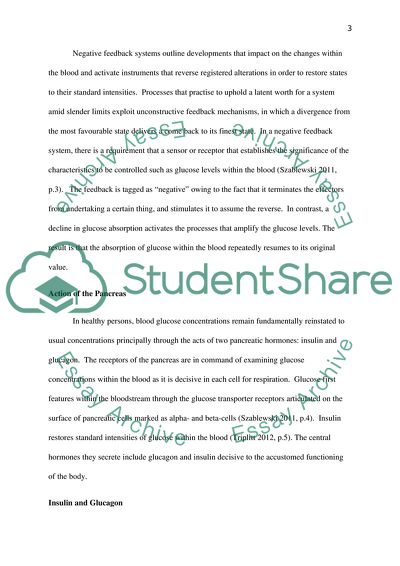Cite this document
(The Role of the Pancreas in Glycaemic Homeostasis Research Paper - 1, n.d.)
The Role of the Pancreas in Glycaemic Homeostasis Research Paper - 1. Retrieved from https://studentshare.org/medical-science/1612765-with-reference-to-negative-feedback-loops-explore-the-role-of-the-pancreas-in-glycaemic-homeostasis
The Role of the Pancreas in Glycaemic Homeostasis Research Paper - 1. Retrieved from https://studentshare.org/medical-science/1612765-with-reference-to-negative-feedback-loops-explore-the-role-of-the-pancreas-in-glycaemic-homeostasis
(The Role of the Pancreas in Glycaemic Homeostasis Research Paper - 1)
The Role of the Pancreas in Glycaemic Homeostasis Research Paper - 1. https://studentshare.org/medical-science/1612765-with-reference-to-negative-feedback-loops-explore-the-role-of-the-pancreas-in-glycaemic-homeostasis.
The Role of the Pancreas in Glycaemic Homeostasis Research Paper - 1. https://studentshare.org/medical-science/1612765-with-reference-to-negative-feedback-loops-explore-the-role-of-the-pancreas-in-glycaemic-homeostasis.
“The Role of the Pancreas in Glycaemic Homeostasis Research Paper - 1”, n.d. https://studentshare.org/medical-science/1612765-with-reference-to-negative-feedback-loops-explore-the-role-of-the-pancreas-in-glycaemic-homeostasis.


